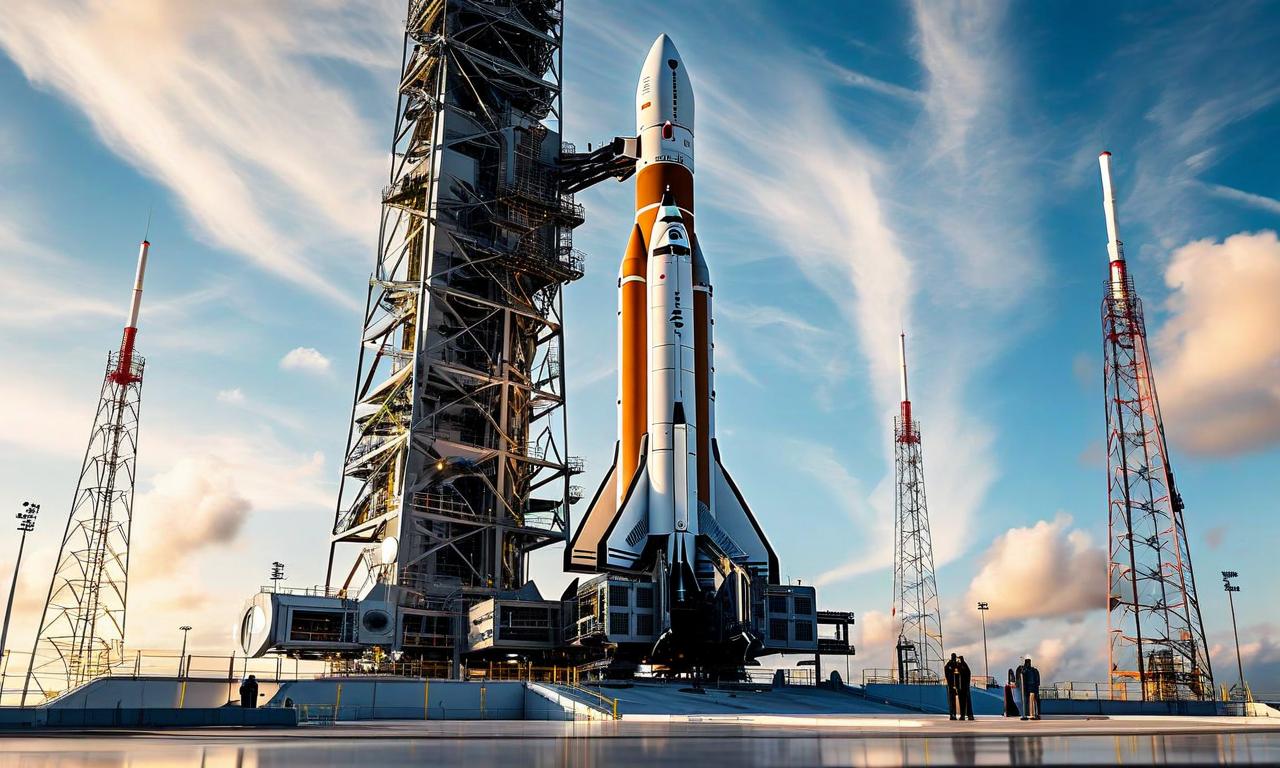SpaceX Shifts Focus: 20% of Falcon 9 Engineers Reassigned to Troubled Starship Program
SpaceX has reassigned 20% of its Falcon 9 engineering team to the Starship program for six months following recent test failures. The move comes after a June fueling test explosion and three unsuccessful test launches. The company plans a stock sale valuing it at $400 billion, down from initial $500 billion discussions. Some Falcon 9 Starlink launches may be delayed to early 2026. SpaceX holds $4 billion in NASA contracts for lunar missions using Starship. The next Starship test flight is scheduled for August 24, despite internal concerns about the current design.

*this image is generated using AI for illustrative purposes only.
SpaceX, the pioneering private space company founded by Elon Musk, has made a significant strategic move in response to recent setbacks in its ambitious Starship program. The company has reassigned approximately 20% of its Falcon 9 engineering team to work on Starship for a six-month period, following a series of test failures and explosions.
Starship Setbacks
The decision comes in the wake of a June fueling test explosion, attributed to a pressurized nitrogen bottle failure. This incident is just one in a string of challenges faced by the Starship program this year. SpaceX has conducted three test launches, with two ending in premature explosions and a third failing to deploy test satellites as planned.
Financial Implications
These setbacks carry significant financial weight for SpaceX. Each Starship rocket is estimated to cost hundreds of millions of dollars to build, with the company bearing the full financial burden of failed flights. Despite these challenges, SpaceX is moving forward with plans for a stock sale that would value the company at approximately $400.00 billion. This valuation represents a decrease from initial discussions that placed the company's worth at $500.00 billion.
Impact on Falcon 9 and Starlink
The reallocation of engineering resources is expected to have ripple effects across SpaceX's operations. Some Falcon 9 Starlink satellite launches, initially scheduled for late this year, may be delayed until early 2026 due to the shift in engineering focus.
NASA Contracts and Future Plans
SpaceX's Starship program is not just a company initiative but also tied to significant NASA contracts. The company holds agreements worth approximately $4.00 billion to use Starship for lunar missions. These contracts require SpaceX to demonstrate Starship's orbital refueling capabilities, adding pressure to the program's development timeline.
Upcoming Test and Design Considerations
Despite the challenges, SpaceX is pressing forward. The company has scheduled its tenth Starship test flight for August 24. Interestingly, SpaceX continues to test its current V2 design, even though there is internal consensus that this design is subpar. This decision suggests a complex balance between iterative improvement and the need for a more fundamental redesign.
Conclusion
As SpaceX navigates these challenges, the space industry watches closely. The company's ability to overcome these hurdles will be crucial not only for its own success but also for the broader ambitions of commercial space exploration and NASA's plans for lunar missions. The coming months will be critical as SpaceX works to stabilize the Starship program and maintain its position at the forefront of private space ventures.

























